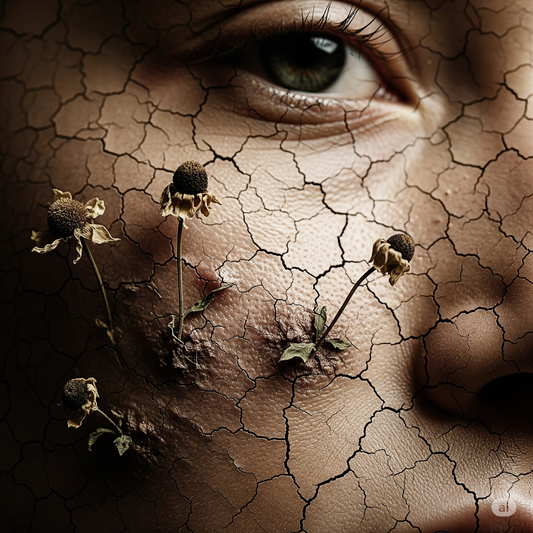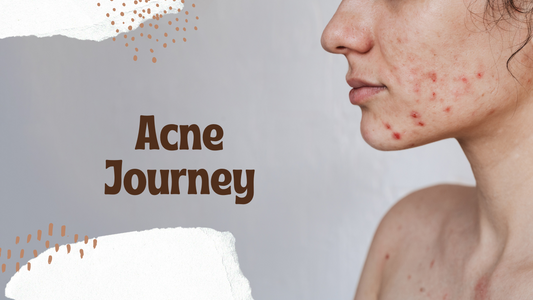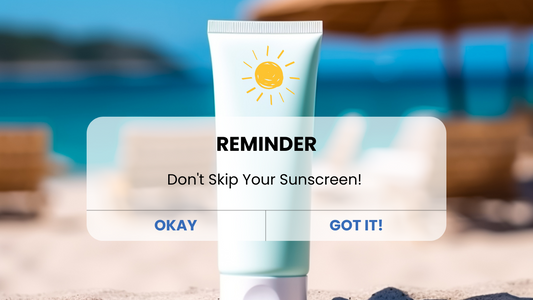The Indian skincare industry is booming, fueled by social media trends, celebrity endorsements, and the promise of flawless skin. But behind the glossy ads and persuasive influencers lies a maze of myths, half-truths, and marketing gimmicks. From counterfeit products to unregulated claims, consumers are often left navigating a landscape where marketing overshadows science. Let’s peel back the layers and expose the realities of India’s skincare sector.
Myth 1: “Natural” and “Chemical-Free” Labels Guarantee Safety
Marketing Spin:
Brands slap “natural,” “organic,” or “chemical-free” labels on products to appeal to eco-conscious buyers.
Reality Check:
-
Natural ≠ Safe
Ingredients like lavender oil or tea tree oil can trigger allergies or hormonal disruptions. Even “organic” products may contain preservatives to prevent spoilage.
-
Misleading Claims
The term “chemical-free” is scientifically meaningless—water (H2O) is a chemical! Many “natural” products still use synthetic stabilizers or fragrances.
-
Regulatory Gaps
India lacks strict guidelines for terms like “natural,” allowing brands to exploit consumer trust. The EU bans 1,500+ chemicals in cosmetics; India’s list is far shorter.
Consumer Tip
Check ingredient lists (look for INCI names) and research unfamiliar components.
Myth 2: “Luxury” Price Tags Mean Better Quality
Marketing Spin:
High-end brands justify steep prices with claims of “premium ingredients” and “exclusive formulations.”
Reality Check:
-
Cost vs. Efficacy
A ₹5,000 serum may not outperform a ₹500 one. Many brands spend more on packaging and ads than R&D.
-
Counterfeit Luxury
Fake versions of premium products flood online platforms. A 2023 study found 30% of FMCG products sold in India are counterfeit, often containing toxins like lead or arsenic.
-
Generic Formulas
Most skincare actives (e.g., hyaluronic acid, niacinamide) are commoditized. Price differences often reflect branding, not potency.
Consumer Tip
Compare ingredient concentrations and type that's right for you. A salicylic acid or benzoyl peroxide serum is useful if you have acne and Vitamin C might not help during active breakouts.
Myth 3: “Miracle” Products Deliver Overnight Results
Marketing Spin:
Ads promise “glass skin in 7 days” or “wrinkle removal overnight”
Reality Check:
-
Skin Biology
Skin renewal takes 40 - 56 days. Instant results are often due to temporary hydration or silicone-based “fillers.”
-
Dangerous Shortcuts
Counterfeit products may use steroids or mercury for quick whitening, leading to long-term damage like thinning skin or kidney failure.
-
Placebo Effect
Fragrance and texture tricks (e.g., “cooling” gels) create an illusion of efficacy without addressing root issues.
Consumer Tip
Patience is key. Look for clinically proven actives like retinoids (anti-aging) or azelaic acid (acne).
Myth 4: “Certified Safe” Means Rigorous Testing
Marketing Spin:
Brands tout “dermatologist-tested” or “hypoallergenic” labels.
Reality Check:
-
Self-Regulation
Unlike drugs, cosmetics in India don’t require pre-market approval. Brands self-certify safety, often skipping rigorous trials.
-
Animal Testing Loopholes
While India banned animal testing for cosmetics in 2014, imported products may still rely on overseas animal data.
-
Weak Penalties
The Drugs and Cosmetics Act (1940) penalizes spurious products, but enforcement is lax. Only 5% of counterfeit cases result in convictions.
Consumer Tip
Trust certifications like ISO or COSMOS (for organic products).
Myth 5: Ingredient Transparency: The Hidden Truth Behind “Secret Formulas”
Marketing Spin:
Brands use terms like “proprietary blend” or “clinical-grade actives” to sound scientific while hiding cheap fillers.
Reality Check:
-
The Fragrance Loophole
In India, brands can list “fragrance” as a single ingredient, masking 30+ chemicals, including allergens like phthalates. The EU bans 1,500+ toxins; India restricts fewer than 300.
-
Greenwashing Tricks
“Free-from parabens” labels distract from other harmful additives like sulfates or formaldehyde-releasing preservatives.
-
Vague Claims
Terms like “dermatologically tested” lack legal definitions. Only 5% of Indian brands publish third-party safety reports.
-
Global Gaps
The EU’s CosIng database mandates full disclosure, while India’s CDSCO lacks a public ingredient tracker.
Why It Matters
A 2023 survey revealed that 72% of Indian consumers want brands to explain ingredient functions, and 60% demand sourcing details. Yet, 42% feel companies withhold safety data. Counterfeiters exploit this opacity—fake “herbal” creams often contain steroids or mercury.
The Counterfeit Crisis: A Silent Epidemic
India’s counterfeit cosmetics market is worth ₹15,000+ crores, with fake products sold on e-commerce sites, flea markets, and social media.
Health Risks
Counterfeit lipsticks may contain fecal matter or heavy metals. A 2022 CDSCO raid found 40% of seized “luxury” creams had mercury levels 10x the safe limit.
Economic Impact
Legitimate brands lose ₹4,000+ crores annually to counterfeits, stifling innovation.
Spotting Fakes
Poor packaging, misspelled labels, and unusually low prices are red flags.
Consumer Tip
Buy directly from brand websites or authorized sellers.
The R&D Shortfall: Why Marketing Trumps Science
India’s skincare R&D spending is just 1-2% of revenue (vs. 10-15% in pharmaceuticals).
Copycat Culture
Brands reverse-engineer competitors’ products instead of innovating.
Marketing Budgets
Companies spend 30-40% of their budgets on ads, influencers, and packaging. A 2023 survey found that 72% of consumers prioritize brand reputation over ingredient lists.
Lack of Transparency
Only 20% of brands disclose full ingredient concentrations. Terms like “proprietary blend” hide cheap fillers.
Consumer Tip
Support brands like Formial that disclose concentrations (e.g., 4% Azelaic Acid) and avoid “secret formula” claims.
Empowering Consumers: How to Navigate the Skincare Maze
Decode Labels
Look for INCI names (e.g., “Butyrospermum parkii” instead of “shea butter”). Avoid products with “parfum” or vague terms like “brightening complex.”
Verify Certifications
Trust USDA Organic, COSMOS, or Made Safe logos over self-claimed “natural” tags. Check for batch numbers, holograms, and QR codes.
Demand Transparency
Support brands that publish third-party test results or sustainability reports.
Tech Tools
Use apps like INCI Decoder or Think Dirty to scan ingredient safety.
Bottom Line
If a brand refuses to disclose ingredients, your skin shouldn’t be their testing ground. Transparency isn’t a luxury—it’s a right.
Report Fakes
Alert the National Consumer Helpline or use the CDSCO app to report suspicious products.
The Road Ahead
India’s skincare industry needs stricter regulations, standardized testing, and consumer education. Until then, caveat emptor—let the buyer beware. By prioritizing science over hype and vigilance over convenience, we can transform skincare from a marketing playground into a space of genuine health and innovation.
Remember: Your skin deserves more than a clever slogan. It deserves the truth. A consumer’s greatest power is informed choice.
References:
1. Counterfeiting and cosmetics: A significant problem for consumers [Internet]. 2023.
2. Shairwal SLAS. Lexology. 2022. Counterfeits and cosmetics industry in India. 3. Alnuqaydan AM. The dark side of beauty: an in-depth analysis of the health hazards and toxicological impact of synthetic cosmetics and personal care products. Front Public Health [Internet]. 2024 Aug 26;12:1439027.
4. Meza G. Importance of transparency in the cosmetic industry [Internet]. Lignopure - Naturally Functional. 2024.
5. Perry44. Is R&D the key to succeeding in the cosmetics industry? [Internet]. Chemists Corner. 2013.
6. Team C. An Introduction to Misleading Claims in the Beauty Industry [Internet].






